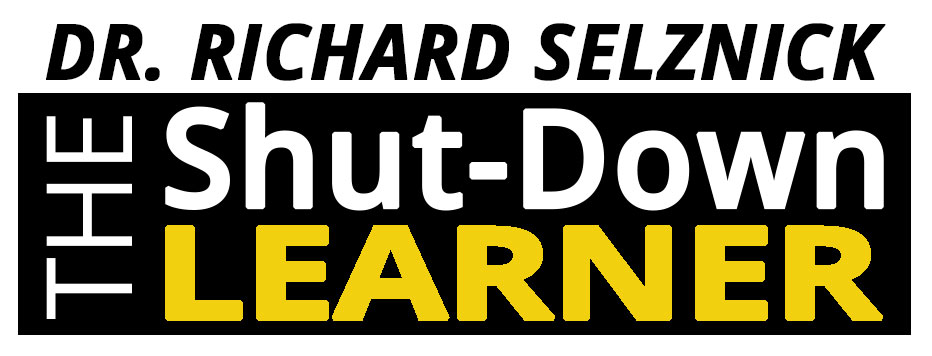“Task Analysis:” Going Old School (Once Again)
There are a number of old school concepts in education that I don’t hear much about any more that I think still apply. “Task analysis” is one of them.
Years ago as part my special education course work task analysis was frequently mentioned. (OK, it was many years ago, I admit.)
With task analysis, the idea is that any end point task that you want someone to master should be broken down into sub-tasks to help the person move along a continuum toward mastery of the skill.
For example, teaching a cognitively impaired child to brush his teeth successfully was the classic example used to illustrate task analysis. Most of us take brushing teeth for granted, thinking it’s no big deal. We don’t tend to consider how many sub-tasks and steps are involved (e.g., taking cap off the tooth paste, squeezing the tube properly, holding the tooth brush in one hand, etc.) to get to the endpoint.
Recently a mom talked to me about how her son was struggling in youth football. There were the usual explanations offered – he wasn’t paying attention or trying hard enough. For this child, there were other explanations. He was simply too confused and overwhelmed on the field. Sports like football can be quite confusing for a lot of kids. They have trouble with the sequences and the rapid decision making. (In fact, some time ago I worked with a Division I college football player who could have made it to the pros if he had the ability to keep the play sequences straight.)
In other words, the boy needed the task broken down into more manageable steps and sequences for him to master.
My guess would be that if we task analyzed much of what we expect our children to master (like playing football, comprehending a story, making a sandwich or getting out the door in the morning), we’d see that there were many small steps involved that we may not have considered.
Take Away Point
If you see your child struggling with a task, analyze the sub-tasks. Try and break the task down and back it up. Practice at easier levels and then lead up to mastery of the task.
I know my wife’s still trying to do that with me in terms of learning how to make the bed properly!
Frankly, I don’t think she’s broken it down enough.
Adapted, “School Struggles, Richard Selznick, Ph.D., (2012), Sentient Publications


